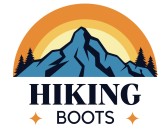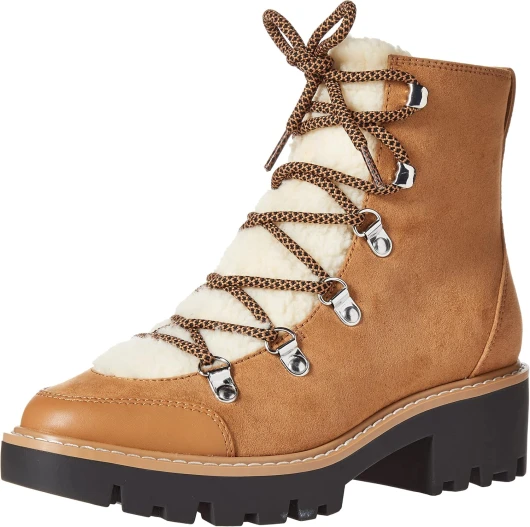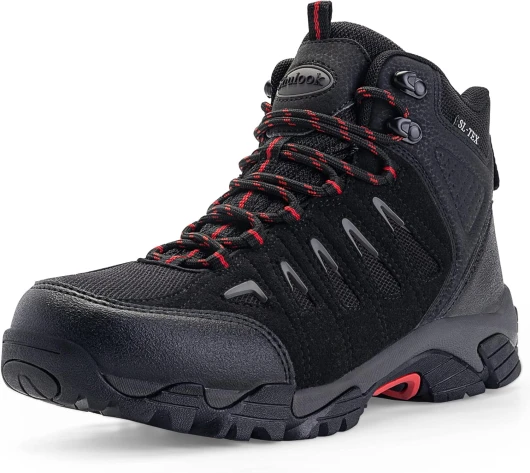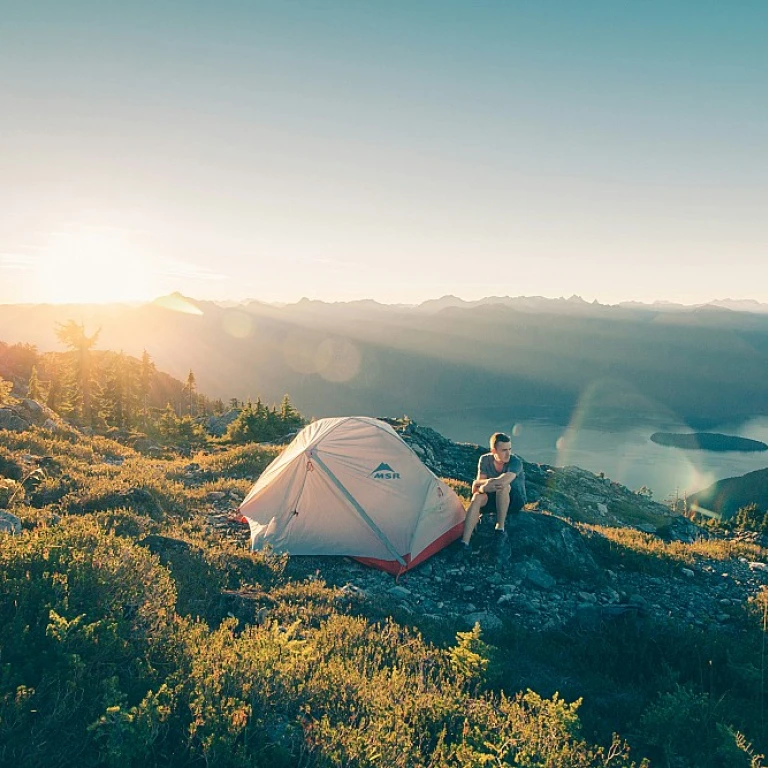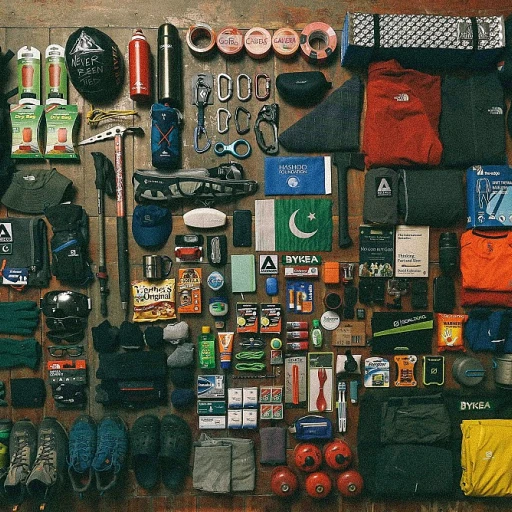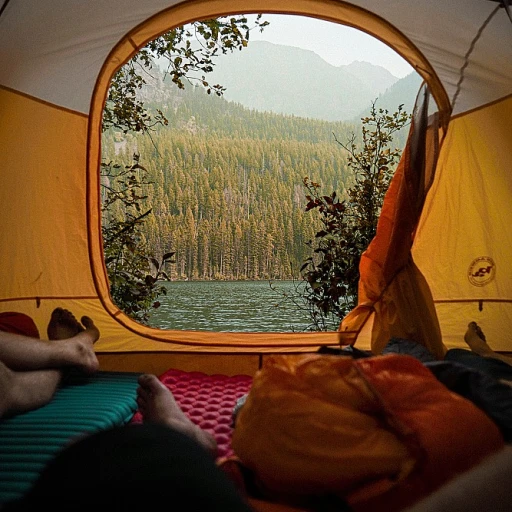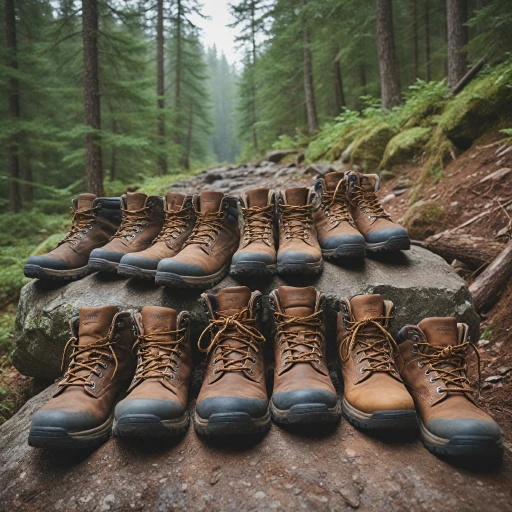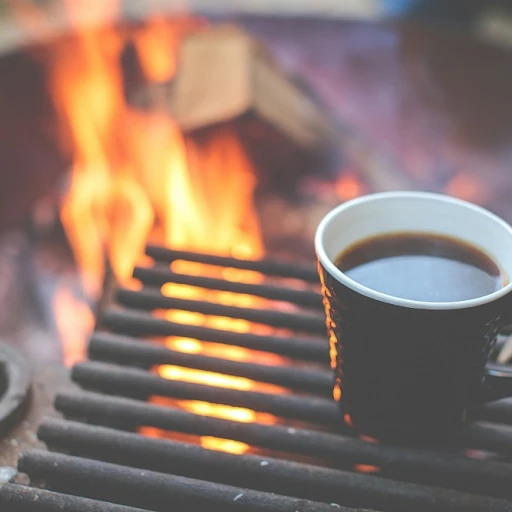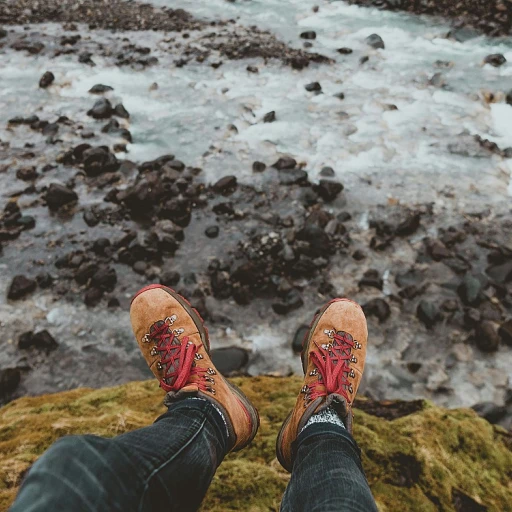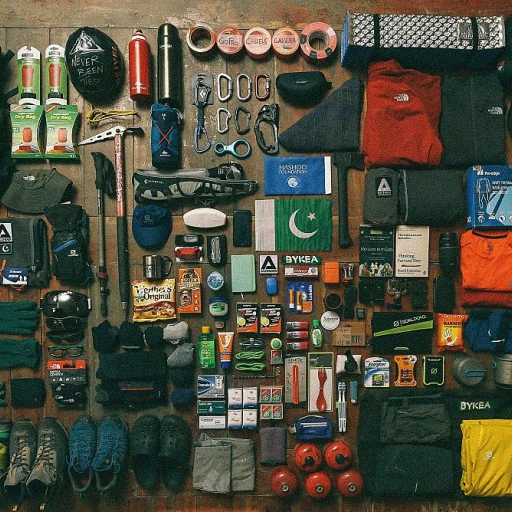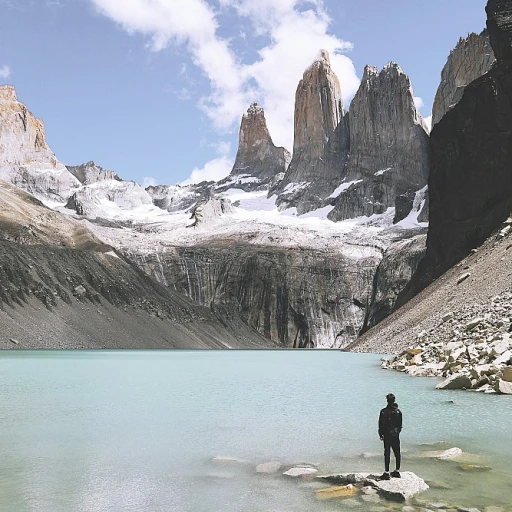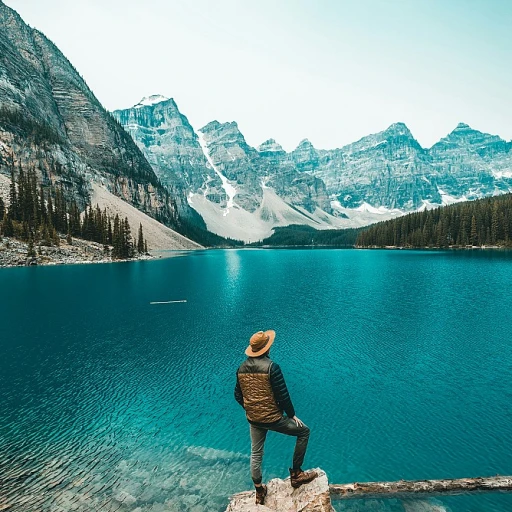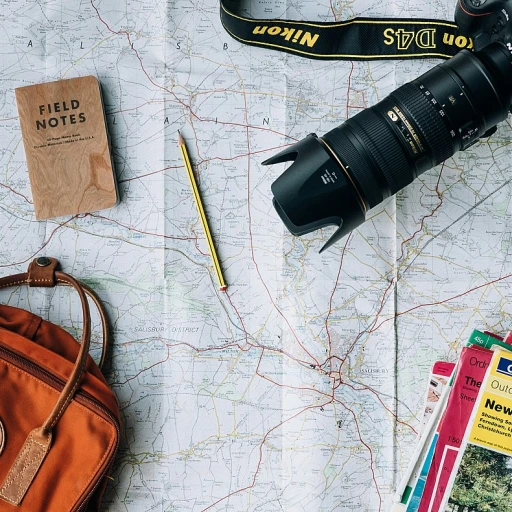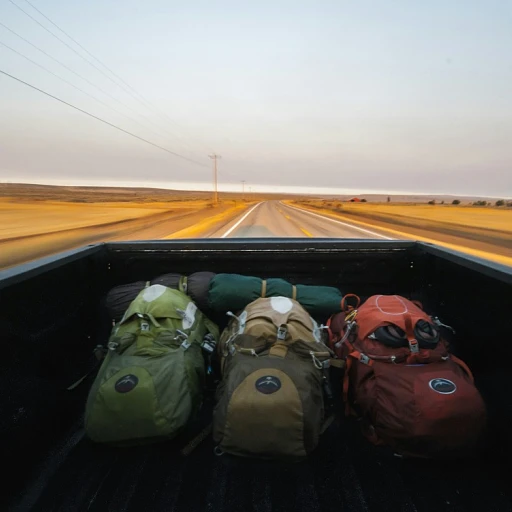
The Evolution of Hiking Boots: From Trails to Streets
The Transition from Wilderness to Urban Trails
Hiking boots have come a long way since their inception, evolving from purely functional wilderness wear into stylish urban accessories. Years ago, hikers prioritized durability and water resistance, favoring materials like full grain leather and waterproof technologies such as Gore Tex for trails. Today, manufacturers blend these traditional features with modern aesthetics, designing boots that seamlessly transition from rugged terrains to the bustling city streets.
Emphasis on Comfort and Support
As hiking boots have evolved, so have the expectations of comfort. Ankle support remains crucial, whether you're wearing Nubuck leather boots or trail runners. Brands like Lowa Renegade and Keen Targhee have emphasized cushioning and fit, providing enhanced comfort for both experienced hikers and casual users. The importance of a good toe box and a proper fit is critical to avoid foot discomfort, making the right pair an investment in your well-being.
A New Era of Versatile Manufacturing
Boots made from innovative mixed materials, like a combination of leather and synthetic fabrics, offer improved breathability and reduced weight. This has paved the way for hikers who appreciate the versatility and durability of these designs. Modern models, exemplified by boots such as the Merrell Moab and the Danner Mountain, retain classic elements while incorporating lightweight and flexible structures that appeal to both trailing and urban consumers.
The best hiking boot for any adventure must balance tradition and innovation, with features that serve both practical and aesthetic purposes. As we look forward, manufacturers reply to market demands by synthesizing heritage craftsmanship with state-of-the-art materials. To explore more on how hiking boots have expanded their design boundaries, check out the versatility of Inov-8 hiking boots.
Key Features of Heritage Hiking Boots
Unveiling the Essential Characteristics of Classic Trekking Footwear
Exploring the timeless charm of heritage hiking boots involves appreciating the melding of traditional craftsmanship with modern innovations. A good pair of boots goes beyond aesthetics, delivering superior support and durability for the modern adventurer.- Durability and Materials: Top-tier heritage hiking boots are renowned for their use of premium materials like full grain leather and nubuck leather. These materials not only enhance durability but also provide excellent waterproof properties, a must-have for varying terrain conditions. When seeking the best option, consider exploring the range of perfect hiking boots for your adventures.
- Structural Support: Boots offering robust ankle support are crucial to prevent injuries, particularly in rugged terrains. Models like the Lowa Renegade GTX Mid or the Danner Mountain provide exceptional support and stability.
- Comfort and Fit: The right hiking boot should wrap snugly around your feet, offering ample room in the toe box while securing the heel. Comfort is paramount for long hiking trips, hence choosing based on foot type, such as wide or narrow, is essential.
- Innovative Features: While the aesthetics speak to heritage, modern iterations like the Merrell Moab with its breathable designs or the sleek waterproofing technology in Gore-Tex (GTX) cannot be overlooked.
- Versatility: Whether you need boots for trail running or everyday urban exploration, the adaptability of modern designs like the Keen Targhee provides versatility without compromising on essential features.
The Role of Hiking Boots in Outdoor Enthusiast Culture
Integrating Heritage Boots into the Outdoor Community
The role of hiking boots in outdoor enthusiast culture extends beyond functionality; they carry a legacy that connects past and present adventurers. Over the years, boots have evolved to become more than just a necessity—they embody a symbol of one's dedication to nature exploration. Modern hikers view their choice of boots as an extension of their identity and passion for the great outdoors. Choosing the right gear for your adventures often includes selecting a pair of heritage hiking boots. This choice reflects a desire to embrace tradition while meeting the demands of today's trails. Whether you opt for leather hiking boots, known for their durability and fit, or the versatile GTX models with their waterproof features, these boots are a statement of enduring quality. Heritage hiking boots have also played a significant role in the development of the outdoor community by offering products that provide excellent ankle support and comfort over varying terrains. Boot models like the Lowa Renegade and Merrell Moab exemplify craftsmanship, catering to those who appreciate full grain leather and reliable support. It's not just about finding shoes that fit well—hikers often seek materials like nubuck leather and Gore-Tex for their combination of breathability and protection. By considering these factors, adventurers can find the best hiking boots to match their needs, whether facing rugged mountains or city streets. As outdoor enthusiasts, the choice of boots is both practical and cultural. It is about respecting the past while acknowledging advancements in technology. The messages echo through every hike, from the flexibility of trail runners to the steadfast protection of Danner Mountain boots, each pair tells a story of adventure and the relentless pursuit of unmapped paths.Choosing the Right Heritage Boot for Your Needs
Identifying Your Ideal Outdoor Companion
When it comes to selecting the best heritage hiking boots for your adventures, there are several factors to consider to ensure both comfort and functionality.- Type and Fit: Consider whether you prefer a low cut like trail runners or need more ankle support offered by mid-height boots such as the Lowa Renegade GTX Mid. Remember, a good fit should be snug but allow enough room for movement, which is especially critical in the toe box.
- Material Considerations: The choice between nubuck leather and full-grain leather often influences not only the aesthetics and durability of the boot but also its breathability and comfort. Leather hiking boots, especially those made with high-quality grain leather, tend to provide robust support and protection. Yet, some modern hikers opt for more lightweight, synthetic hiking shoes that offer different benefits.
- Waterproofing and Breathability: For those venturing in diverse weather conditions, waterproof models, such as those featuring Gore-Tex technology, ensure your feet remain dry. However, weigh this against the breathable features in some trail running and hiking shoes that might be more suitable for drier climates.
- Terrain Suitability: Consider the trails you most frequently traverse. Some boots excel on rugged terrain, while others like the Merrell Moab or Keen Targhee might be optimized for varied landscapes. Tread patterns and outsoles are designed to handle specific surfaces, so pay close attention to their grip and traction characteristics.
- Brand Preferences: Brands like Danner Mountain and those that have refined their craft over the years often offer models celebrated for both aesthetic appeal and practical use. Investigating a boot's heritage, such as gauging the feedback from other outdoor enthusiasts, can guide you to a pair that aligns with your hiking philosophy.
Caring for Your Heritage Hiking Boots
Maintaining Your Leather Companions
Caring for your heritage hiking boots is essential to ensure their longevity and performance. With the right maintenance, your boots can last for years, providing excellent support and protection on every trail. Here's how you can keep your leather hiking boots in top shape:- Clean Regularly: After each hike, remove any mud, dirt, and debris from your boots. A gentle brush and some lukewarm water can be very effective.
- Inspect for Damage: Regularly check for any wear and tear in the gtx mid or nubuck leather areas, especially the toe box and ankle support.
- Condition the Leather: Leather can become dry and brittle, compromising support and waterproof properties. Use a quality leather conditioner specifically designed for boots.
- Protect Against Water: Even if your boots have Gore-Tex lining, it's wise to apply an additional waterproof treatment to enhance their impermeability.
- Store Properly: Keep your boots in a dry, cool place. Avoid direct sunlight or heat sources that can damage the leather and materials over time.
Addressing Wear and Tear
Inevitably, even the best pairs like the Lowa Renegade and Merrell Moab will show signs of aging with years of active use. For hiking boots or shoes that have become particularly worn, consider:- Resoling: Many high-quality boots can be resoled, extending their lifespan significantly.
- Repairing Seams and Laces: Loose threads or broken laces can compromise support, so replace or repair as needed.
- Seeking Professional Help: For significant repairs, professional services can provide expert care, ensuring your boots are trail-ready.
